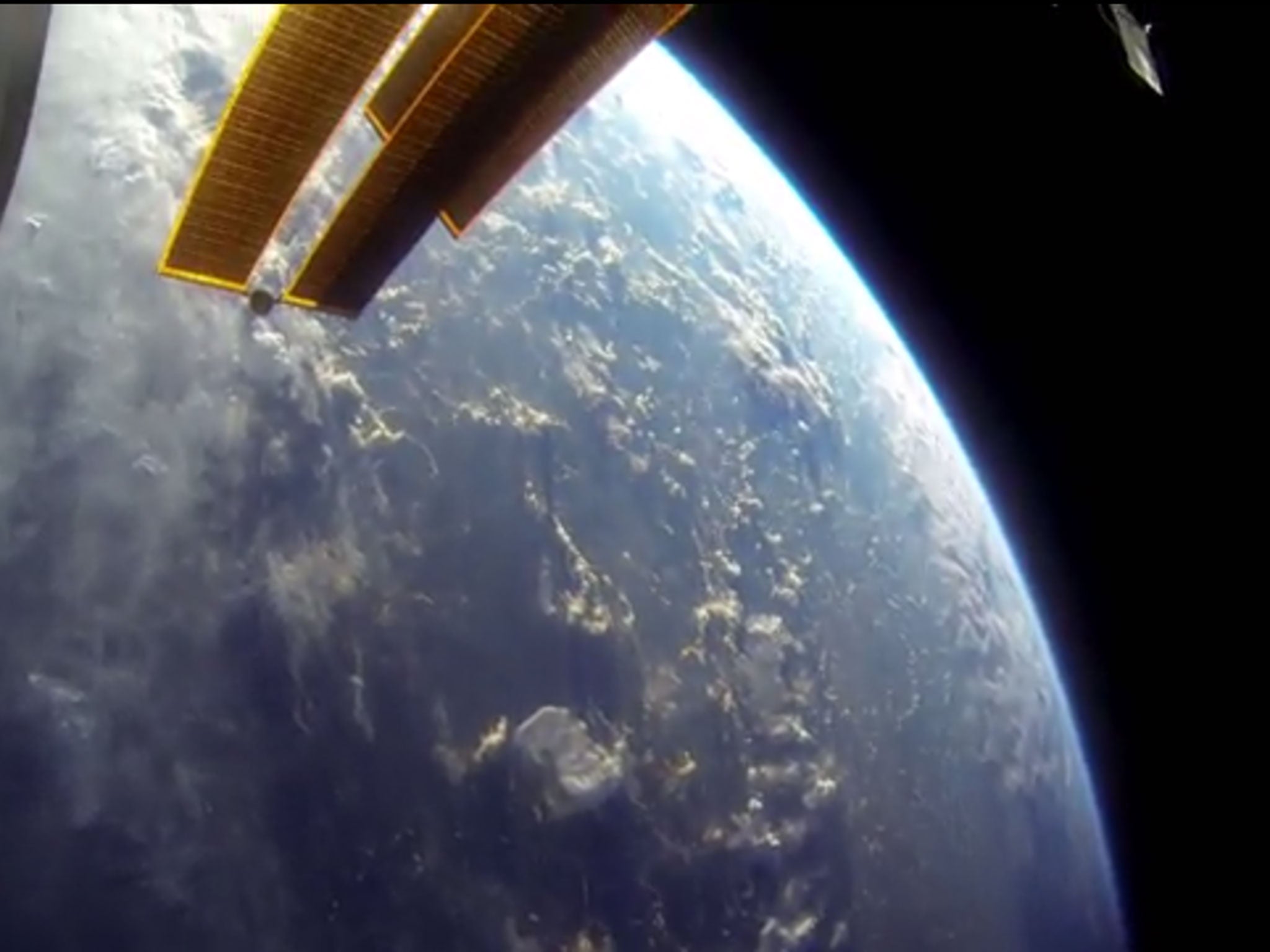Scientists may have the explained the earth's mysterious 'hum'
There have been various theories behind the mysterious bell-like ringing since it was discovered it the late 90s but new research is thought to be the most plausible to date

Researchers may have finally solved the reason behind a mysterious “hum” emitted by the earth which has baffled scientists for decades.
In the late 1990s seismologists discovered that the world is continually vibrating at very low frequencies, even when there is no earthquake activity.
The so-called microseismic activity is generally too faint for humans to detect.
Prior theories have included electromagnetic radiation, secret military activity and submarine communications.
But now research says that culprits behind this planetary tinnitus are most likely ocean waves.
Using computer models of the ocean, wind and seafloor, a scientific team, led by oceanographer Fabrice Ardhuin, found that ocean waves could generate mini seismic waves when they collide.
Slower ocean waves could generate seismic waves with a frequency of 13 to 300 seconds, the length of the ripple as it travels into the mantle of the earth before dissipating.
The majority of the mysterious bell-like ringing, the researchers say, comes from these longer waves.
Ardhuin said to Live Science: “I think our result is an important step in the transformation of mysterious noise into an understood signal.”
He said that a better understanding of the hum could enable scientists to generate more comprehensive maps of the earth’s interior.
The seismic waves penetrate deep into the earth’s mantle and may even penetrate as deep as the core.
This means that analysis of the activity could help to yield a more comprehensive picture of the planet’s structure.
The researchers added that there could still be additional sources for microseismic activity. For example, they said, ocean waves travelling along shorelines, down underwater mountains or mid-oceans could be contributing to the overall effect.
Ardhuin and his colleagues Lucia Gualtieri and Eléonore Stutzmann, all part of the Paris Insistitute of Earth Physics, detailed their finding in the Journal Geophysical Research Letters published earlier this year.
Subscribe to Independent Premium to bookmark this article
Want to bookmark your favourite articles and stories to read or reference later? Start your Independent Premium subscription today.

Join our commenting forum
Join thought-provoking conversations, follow other Independent readers and see their replies